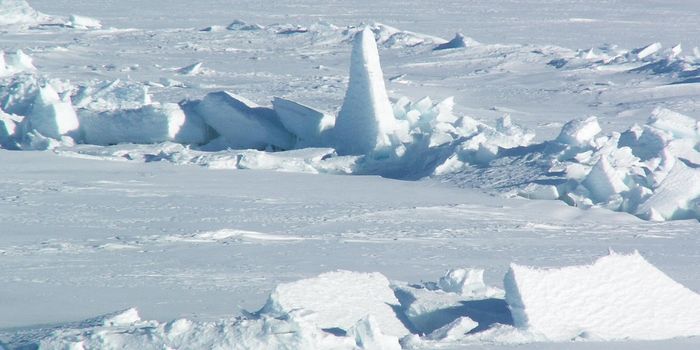Desalination plants producing more toxic brine
A study published in the journal Science of the Total Environment suggests that desalination plants are releasing too much salt effluent, a toxic by-product of the desalination process.
The research, which comes from a collaboration of scientists around the world, highlighted the excess production of the brine effluent, saying that plants are generating 50% more of the substance than had previously been reported. As desalination technology has expanded due to the lack of available fresh water posed by climate change, several countries in particular have accelerated their dependence on desalination – in turn threatening their nations and surrounding ones with the question of what to do with the toxic brine by-product.
Saudi Arabia, the United Arab Emirates, Kuwait and Qatar together account for over half of globally produced desalination brine by-product (Saudi Arabia standing by itself produces 22% of the effluent). Other countries, like the Maldives, Malta and the Bahamas, are totally dependent on desalination for all of their fresh water. There are roughly 16,000 desalination plants currently operating globally throughout 177 countries.
Though the fresh water that these plants generate is life-saving, the consequence is the brine effluent that the process produces. Brine is basically hot, very salty water laced with chemicals and other various contaminants. It is often pumped back into the ocean or river that the sea water was initially taken from after the desalination process is complete. Brine is very dangerous to marine life - its hyper-salinity can kill fish and other marine animals.
"The salt level in the seawater is further increased because of this disposal of the concentrate brine," said study author Dr. Manzoor Qadir from the UN University Institute for Water, Environment and Health. "There is an increase in the temperature of this zone of the sea, together they decrease the dissolved oxygen level, which is called hypoxia and that impacts the aquatic life in that zone."
"High salinity and reduced dissolved oxygen levels can have profound impacts on benthic organisms, which can translate into ecological effects observable throughout the food chain," added lead author Edward Jones.
The problem, say the researchers, is that older desalination plants that use reverse-osmosis technology can produce up to two liters of brine for every liter of fresh water. Dumping such a large quantity of brine can create dead zones in oceans, a symptom that is already exacerbated by climate change.
As a result, the current question concerns two aspects: how to make brine by-product less toxic, and how to use it effectively instead of dumping it into fragile ecosystems. Some potential has already been discovered in brine’s ability to improve fish biomass in aquaculture, as well as help in various other agroindustry uses. The researchers say that it is imperative to continue investing in alternative solutions for brine effluent disposal, particularly as the planet warms and we all become evermore dependent on desalination.
Sources: BBC, Science of the Total Environment









